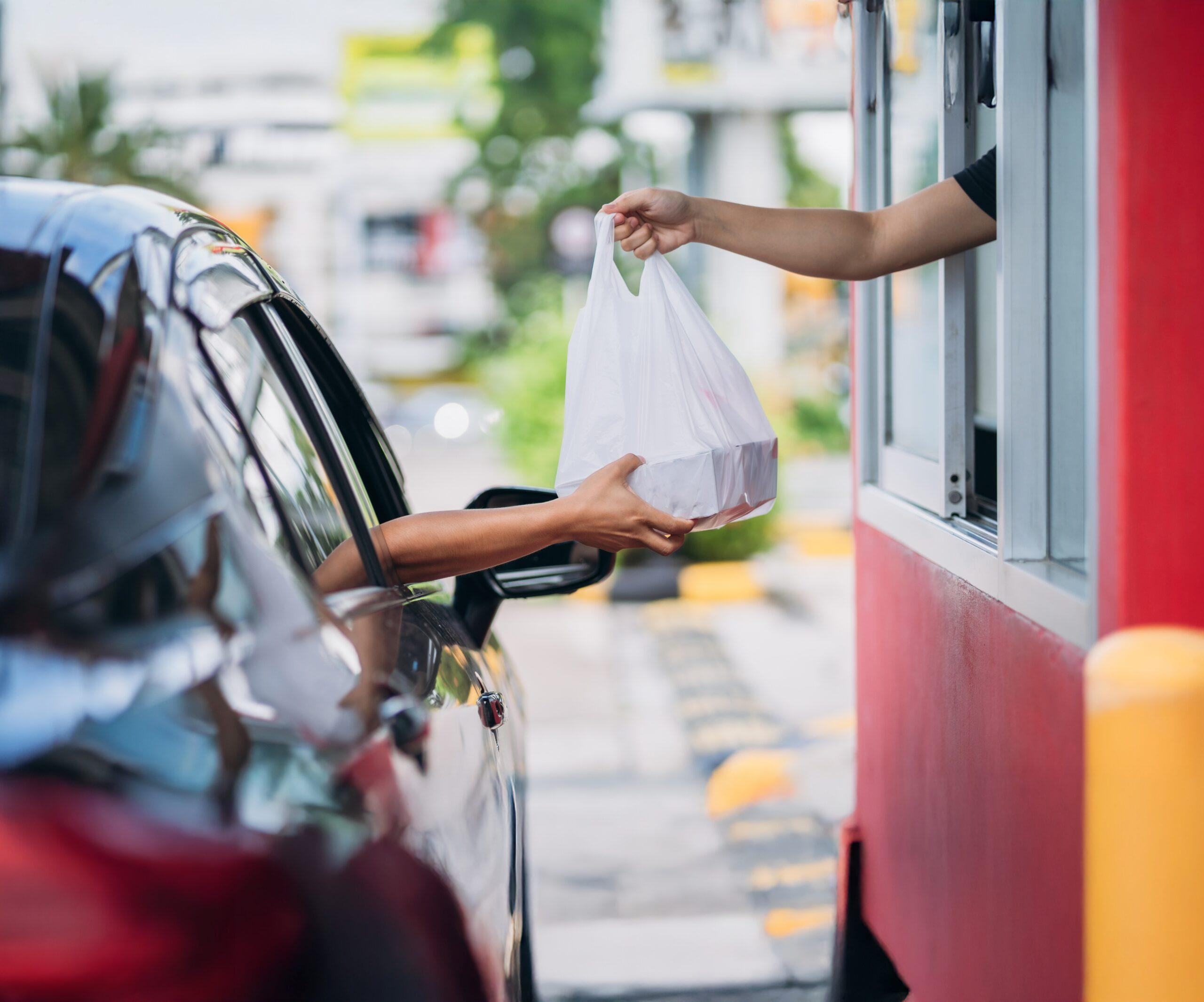Shifting consumer preferences and staffing shortages are just a couple of the drivers spurring operators of eating establishments to explore voice AI for restaurants as a timely, cost-effective solution. Five of the other primary converging challenges include:
1. Missed Calls = Missed Revenue
Even the most talented and dedicated staff at busy dining establishments often can’t answer every phone call. Hundreds of calls to restaurants go unanswered every month, whether because of peak-hour chaos or too few staff on hand.
About 60% of customers who wait on hold for too long will just hang up. A missed call can mean an unhappy customer, and that can result in lost revenue.
An AI phone agent ensures every call is answered promptly, capturing orders or inquiries that would otherwise slip through the cracks. This kind of always-on AI answering service can immediately boost sales by recovering opportunities that human staff might miss.
2. Labor Shortages and Staff Burnout
Restaurants everywhere face staff shortages and high turnover. The average annual restaurant industry turnover rate is 79.6%, and 27% of restaurant operators report having more than 20% below the necessary levels of staff.
With limited employees juggling dine-in guests, drive-thru lines and ringing phones, customer service can suffer. 80% of Americans surveyed say that with the right technology, restaurants can become more efficient and deal with the labor shortage better.
A voice AI assistant can take over routine order-taking and answer frequently asked questions, effectively acting as a round-the-clock AI virtual receptionist. This offloads work from human employees, allowing them to focus on food preparation and in-person customer service. In turn, employees aren’t stretched as thinly, improving morale and reducing that all-too-common burnout.
3. Inconsistent Upselling, Cross-Selling and Order Quality
According to Accenture, upselling can lead to a revenue increase of up to 30%. And, studies have found that cross-selling can increase sales by 20% and profits by 30%.
Although the objective of upselling is to elevate the average order value of each customer, it can achieve additional positive consequences, including improved inventory management, less food waste, more strategic staffing based on anticipated sales and a better overall customer experience. Humans don’t upsell on every call, though — they might forget, feel shy or be too swamped to suggest add-ons.
An AI ordering system for restaurants will consistently upsell and cross-sell items according to the programmed strategy every single time. The impact on the bottom line can be substantial. For example, one AI ordering platform already serving 250+ restaurant locations (including brands like Papa John’s and Donatos Pizza) reports that its automated agents’ upsell suggestions produce ticket sizes 20–40% higher on average.
A bonus? Voice AI platforms don’t make arithmetic mistakes or forget to apply a promo, and they can be integrated directly with the POS and other existing
systems, ensuring orders are accurate and complete. Such consistency in the ordering process leads to fewer errors and more satisfied customers.
4. Phone Ordering Overload
Most restaurants receive more than 150 calls daily. Certain segments — like pizza delivery or high-volume casual dining — still receive a huge volume of phone orders.
During peak period rushes, it’s not uncommon for lines to form at the register while the phone keeps ringing…and ringing…and ringing. Most diners waiting for takeout report that they will wait a maximum of 22 minutes for their order; roughly 21% say they won’t even wait a full 15 minutes.
By deploying a restaurant phone ordering automation solution (a voice bot that answers and takes orders), restaurants can handle multiple orders simultaneously. Advanced AI voices can sound very human-like, so callers feel like they’re talking to a real employee. And, if the AI gets a request it can’t handle or a caller really needs to speak with a human, the system can seamlessly transfer the call to a manager or live agent.
Voice AI for restaurants also lets customers quickly and securely pay for their orders without waiting in line at the cash register. This helps reduce waiting times and permits restaurants to serve more customers in less time.
5. Scaling a Positive Customer Experience Across Locations
A strong and consistent restaurant training program generates more than satisfied customers. It boosts staff morale, builds employee confidence, enhances a restaurant’s reputation and drives higher profits. More than half of restaurant employees who receive regular training say it has made them more loyal to their company.
For growing brands and franchised chains, maintaining a consistent guest experience is paramount. However, it takes 19 days on average to get new restaurant employees trained, and training staff at 50 or 500 locations to greet customers the same way and follow the same phone script is a daunting task.
Voice AI gives multi-unit operators a way to deliver the same friendly, on-brand interaction at every location. Whether a customer is calling a busy urban store or a quieter suburban one, the AI agent provides a uniform level of service, helping to reinforce the brand’s standards and messaging. It reduces the risk for inaccurate orders and other errors and decreases costs by boosting productivity — without the need to hire and train more employees.
In addition, with voice AI, updates such as a new promotional upsell or holiday hours can be rolled out to the AI system once and instantly take effect across all locations. This provides multi-location consistency and scalability with minimal effort, making it easier to cater to a wider audience.






